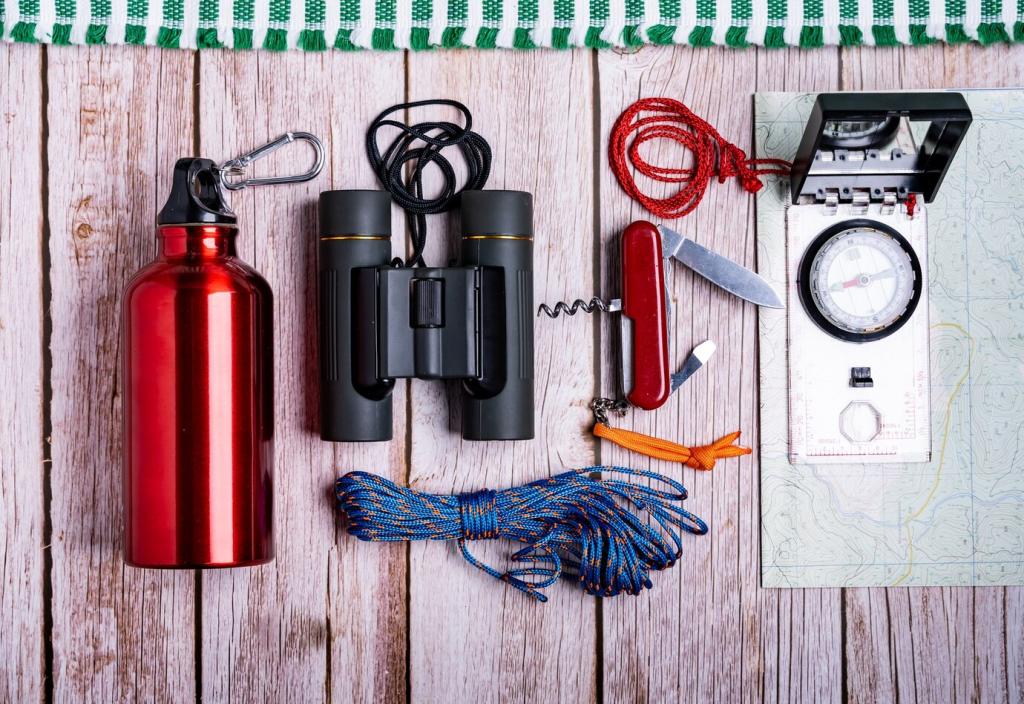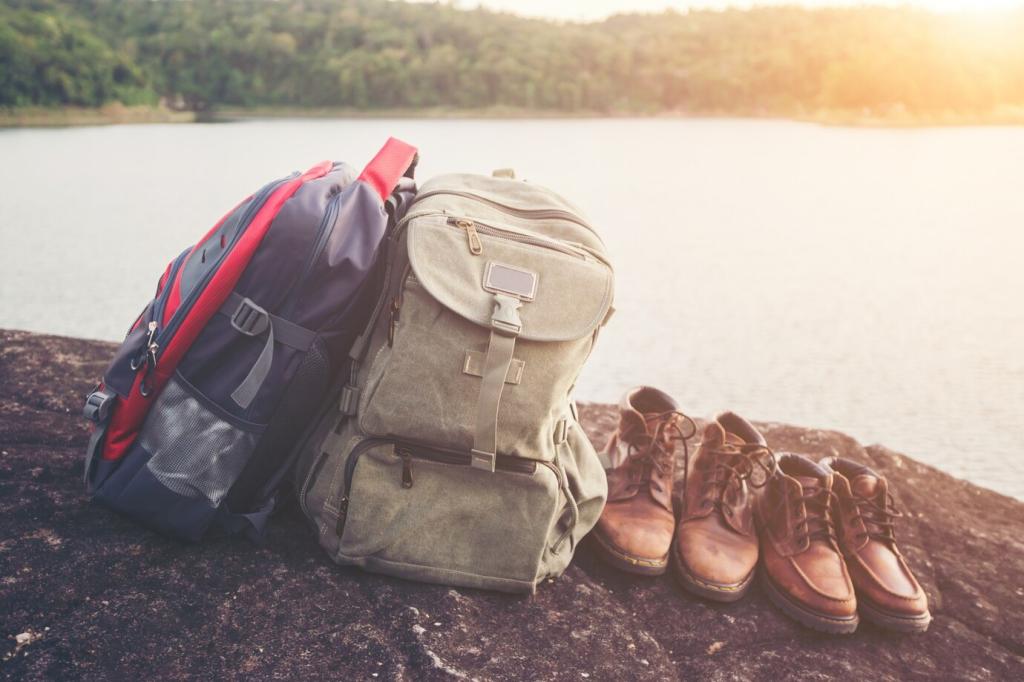Essential Seasonal Hiking Gear for Mountain Adventures
Chosen theme: Essential Seasonal Hiking Gear for Mountain Adventures. Welcome to a trail-tested guide that adapts to winter whiteouts, spring slush, summer scorchers, and crisp autumn ridgelines. Read on, share your tips, and subscribe for fresh seasonal gear wisdom.
Mastering the Four-Season Layering System
Choose merino or high-wicking synthetics to pull sweat off your skin in summer heat and trap dry warmth in winter. In shoulder seasons, lighter weights prevent chills during long breaks. Comment with your go-to fabric.
Mastering the Four-Season Layering System
Carry a midweight fleece for damp, windy ridges, a synthetic puffy for wet days, and down for bitter, dry cold. I once outran a hail squall thanks to fast, glove-friendly layering changes.


Winter Readiness: Traction, Warmth, and Snow Safety
Traction Tools: Microspikes, Crampons, and Snowshoes
Match traction to terrain: microspikes for packed trails, crampons for steep icy slopes, and snowshoes for unconsolidated powder. After one glazed switchback taught me humility, I never skip checking trail surface reports again.
Head-to-Toe Warmth: Boots, Socks, and Heat Management
Pair insulated, waterproof boots with liner and wool socks, and rotate pairs during long days. Add vapor barrier socks in extreme cold. A thin balaclava, warm beanie, and modular mittens protect quickly chilling extremities.
Avalanche Awareness and Cold-Weather Protocols
For avalanche-prone zones, carry a beacon, shovel, and probe, and practice relentlessly. Pack a lightweight bivy and closed-cell sit pad to reduce ground conduction. Tell us how you train skills before snow season begins.



Shoulder Seasons: Mud, Wind, and Uncertain Trails

Footwear and Gaiters for Slush and Soggy Trails
Waterproof mids with aggressive lugs plus mid-height gaiters manage mud and late-season slop. Swap to quick-dry trail runners when forecasts stabilize. I’ve saved countless blisters by packing an extra pair of dry socks.

Adaptive Accessories: Gloves, Buffs, and Packable Warmth
Thin liner gloves, a windproof over-mitt, and a multifunctional buff cover temperature swings. A compressible synthetic jacket lives near the top of my pack for snack breaks when wind bites unexpectedly.

Shorter Daylight, Longer Prep: Lighting and Visibility
Headlamps with fresh lithium batteries perform better in cold evenings. Add a tiny backup light and reflective accents for foggy trailheads. What’s your ritual for checking sunset and turnaround times before you leave?
Navigation and Power: Staying Oriented in Any Weather
Map, Compass, and GPS: Redundancy That Matters
Keep a paper topo map sealed in a zip bag, practice compass bearings, and preload offline maps. Electronics fail; skills do not. Which landmarking habit saves you when trails vanish under snow?
Cold-Proof Power: Batteries, Cables, and Insulation
Lithium batteries excel in cold; store them close to your body and insulate power banks. Use short, durable cables and airplane mode. I once revived a frozen phone by sharing pocket warmth during lunch.
Emergency Communication: PLBs, Satellite Messengers, Check-Ins
Choose a satellite messenger for two-way updates or a PLB for distress-only reliability. Schedule check-in windows with a trusted contact. Tell us your communication cadence that balances safety and freedom.
Fuel and Water: Seasonal Nutrition Strategies
Use wide-mouth bottles with insulated sleeves, store upside down to keep lids unfrozen, and route insulated hose sleeves under layers. Add warm tea for morale. What’s your trick for preventing slushy sips at dawn?
First Aid and Emergency Kits Tailored to the Season
Include a compact hypothermia wrap, chemical warmers, and knowledge of rewarming protocols in winter. For summer, pack oral rehydration salts and sunburn relief. Training matters—consider a wilderness first aid course this year.
First Aid and Emergency Kits Tailored to the Season
Carry tape, hydrocolloid patches, toe socks for friction control, and a tiny needle for blister drainage. I once turned a potential bailout into summit views with fifteen grams of thoughtful foot care.
First Aid and Emergency Kits Tailored to the Season
Stash duct tape, zip ties, a sewing needle, and a tiny multi-tool. Add spare strap keepers and a patch kit for inflatables. Share your most creative on-trail repair that kept a trip alive.


Packing, Storage, and Post-Hike Care for Seasonal Gear
Winter loads often demand extra liters for layers and insulation; summer kits can shrink dramatically. Balance comfort and safety. What’s your sweet spot pack size that never feels overstuffed or underprepared?
Packing, Storage, and Post-Hike Care for Seasonal Gear
Air-dry insulation, clean technical shells with appropriate detergent, and refresh durable water repellent to keep rain beading. Store down loosely. Share your post-hike ritual that keeps gear trail-ready for sudden invites.
